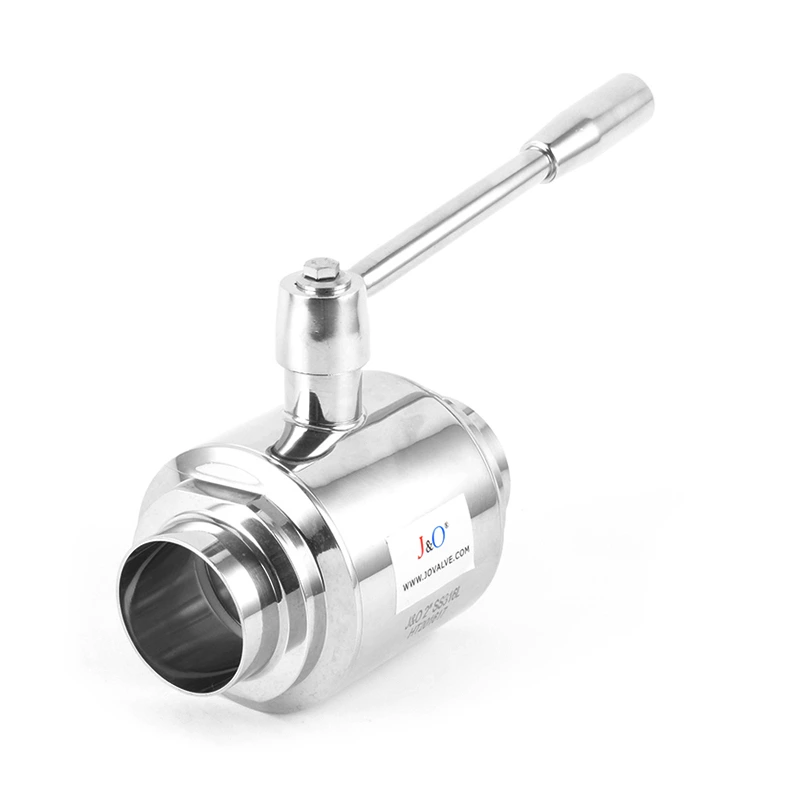What Are The Main Characteristics Of Sanitary Valves?
Sanitary Valve is a type of valve designed specifically for the hygiene and cleanliness requirements of food, beverage, pharmaceutical and bioengineering. So do you know what are the main features of sanitary valves?
Main features of sanitary valves:
Material selection: Sanitary valves usually use stainless steel (such as 316L stainless steel) as the main material because this material has good corrosion resistance, high temperature resistance and biological inertness.
Surface treatment: The internal and external surfaces of the valve should be finely polished to reduce surface roughness and the possibility of microbial growth. The Ra value (surface roughness) is usually required to be less than 0.8 microns.
Dead angle design: The valve design should avoid the formation of dead angles or accumulation areas to facilitate cleaning and prevent media residue and cross contamination.
Sealing performance: The seals of sanitary valves are usually made of food-grade materials such as EPDM, silicone rubber or polytetrafluoroethylene (PTFE) to ensure good sealing and food resistance.
Easy to disassemble: The valve should be designed to be easy to disassemble and assemble, convenient for daily cleaning, inspection and maintenance.
Standardized connection: sanitary valves usually use standard sanitary flange connection, clamp connection or threaded connection to facilitate connection with sanitary piping systems.
